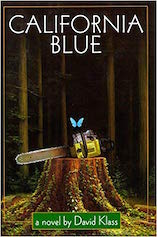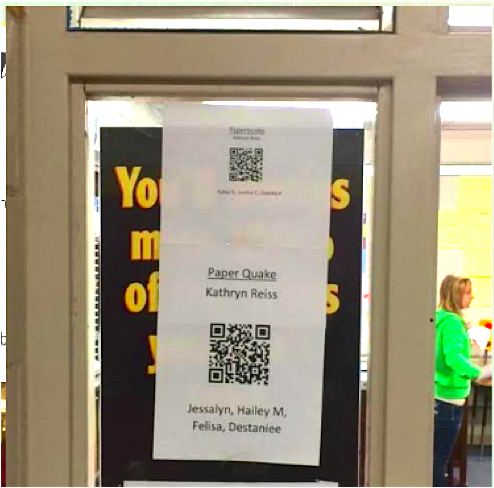Assess Literacy Skills Without Risk of Readicide
 Last month I wrote about engaging students through literature circles. It is no secret that when English teachers give students choice, they become more engaged in the reading process. Also, I strongly believe changing our instructional approach to teaching reading can help bring students to the forefront and lead them to enjoy reading more.
Last month I wrote about engaging students through literature circles. It is no secret that when English teachers give students choice, they become more engaged in the reading process. Also, I strongly believe changing our instructional approach to teaching reading can help bring students to the forefront and lead them to enjoy reading more.
Literature circles are just the beginning of how we can change our instructional approach to engage more middle grades readers. We can also rethink our assessment practices in ways that help students learn from assessment and not just get a grade or regurgitate some facts.
Don’t Kill the Love of Reading
We want to help our students discover the joys of reading. We also need to track their progress as readers. We can’t do both if we only throw worksheets at them after each chapter they read or just give them a quiz to check their comprehension. Kelly Gallagher has discussed this very dilemma in his popular book Readicide. We can systematically kill the love of reading in our students by giving them a binder full of worksheets to be completed after reading.
Besides literature circles where students can have real world conversations, there can be other ways to check our students’ understanding of what they have been reading.
To begin, I want to suggest to teachers – when students are participating in literature circles – that you just formatively assess students as they progress through the novel. When my students are reading within their circle groups, they switch roles every 2-3 days. When students are working within their roles, I review their discussions on Schoology (discussed here) and sit and check in with each group to see how they’re advancing through their novel. I find it more beneficial to have a conversation with each of my circles than give them a worksheet.
I do have students use their writer’s notebook to take notes on vocabulary and write down any questions they may have to post on the Schoology discussion board. I assess students twice a week. By the end of the four weeks that each group spends reading their novel, each student can receive up to 40 points in terms of formative assessments.
Student-created Book Websites
When each group is done reading their novel, I have each student create a website about the book they have read. They use Weebly to create these websites – it’s free and user friendly for students, especially 7th graders.
For the website assignment, I ask the students to:
- Design a homepage that attracts potential readers.
- Create a summary/key events page outlining what the novel was about – and writing it in a way that might entice readers.
- Create a setting/characters page to highlight these important elements of the story.
- Find information about the author and create an author page with a link to an author’s real blog/website and/or to other books the author has written.
- Create a digital book trailer using Animoto or Wevideo to help promote the novel and put a link (or display it) on your website.

Each website that is designed by students is shared with me through email, and the website is their summative assessment at the end of the reading unit. Students are graded on creativity and content. (Download my website rubric.)
Extending the Learning and Sharing
I mentioned students had to create a digital book trailer. During our unit with literature circles I spend 15 minutes discussing with my students the value of promoting literacy and good books. I center the conversation around how books gain their popularity through word of mouth among their peers and not always from what their teachers might say.
So, we take the digital book trailers the students create and incorporate the use of QR codes. A QR code is a machine readable code that’s easily accessed with free apps for mobile phones and tablets. Our QRs store the URL to the student-made book trailer.
My students create the QR code by using a QR code generator. Then they print out their QR codes and place them around the school where students can use their cell phone or tablet app to see the book trailer.
Our goal is to generate some buzz around our school about some great novels being read so other students will want to read them too.
Final Thoughts
No matter how you decide to incorporate more creative assessment strategies into your classroom, the important piece to remember is that we want our students to read regularly and be excited about reading. Simply handing them a worksheet or reading as a class is not an effective way to create a “burn to read” in our students. We want them to be inspired, be creative and be excited about their learning.




































Love the book website idea. Another resource is the McCall-Crabbs series of “Standard Test Lessons in Reading.” They are 3-minute tests of reading passages with questions, and students grade their own that give them a reading level. If they increased or got the highest level I often gave a prize. But who can’t afford 3 minutes, and students can keep their scores over time.
Thank you Mary for your suggestion and feedback. I look forward to investigating this further/